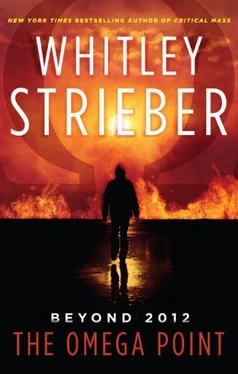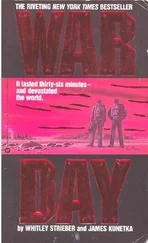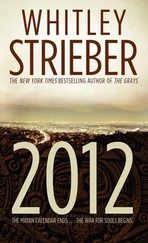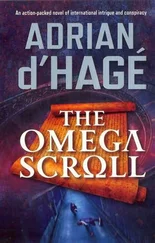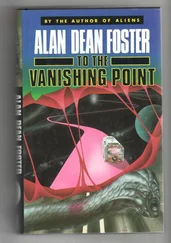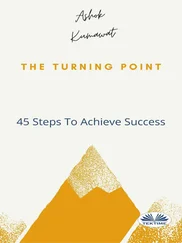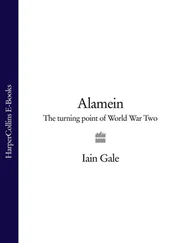So, are we more than ordinarily exposed to an asteroid strike right now? Truthfully, nobody can be certain, but observation does suggest that there is more debris in the solar system just now.
In my story, by the time 2020 has come around, the amount of material entering it has increased exponentially from where it was in 2012, and as a result the sun has begun to be affected by it.
It is difficult to imagine the scale of what is happening, certainly for those living through it in the story, but as author and readers, we can visualize matters more clearly. A supernova emits two forms of material. The first is a radiation burst that moves at about 90 percent of the speed of light. This generally spreads through space as a gigantic expanding ball of energy. The second is a mass of debris, which moves much more slowly and unevenly, with the densest parts expanding most slowly.
As a result, this expanding cloud has an irregular front, and it is this fact that gives rise to the fundamental premise of the story, that our solar system passed through one node of it 12,600 years ago, and is now entering another.
While there is no certain evidence that this is actually happening, something must be causing the changes we are seeing in the solar system at the present time.
One thing has become clear in the past few years: 12,600 years ago, there was indeed a tremendous upheaval on planet Earth. It hit North America the hardest, and was responsible for the mass extinctions that took place then, including the destruction of the entire human population of North America that existed at that time, the Clovis culture, and the extinction of no fewer than thirty-five animal genera, including most large animals in North America, such as the American horse, the mammoth, the mastodon, the American camel, and many others.
There are dozens of myths about a time of flooding and upheaval in the world, some of which may date to this very early period.
On May 23, 2007, in the General Assembly of the American Geophysical Union in Acapulco, Mexico, the work of a multiinstitutional twenty-six-member team proposed the theory that just such an impact caused the upheaval that ended the last Ice Age.
They presented substantial evidence of the event, and three of them also published a popular book on the subject, The Cycle of Cosmic Catastrophes, which lays out their evidence for the nonscientific reader.
But the event that took place 12,600 years ago was hardly unique in Earth’s history. In fact, it is simply one of a continuum of such events.
Approximately 5,200 years ago something extraordinary caused the collapse of Mediterranean civilizations from archaic Greece to Egypt. Terrible drought struck the area. At the same time, in Peru, leafy plants were frozen so quickly that they did not wither—in other words, in a matter of seconds, like frozen food. Subsequently they were covered over by glaciers that remain intact even now.
The climate there went from temperate to extremely cold in a matter of minutes or even seconds, and has remained extremely cold ever since in the area where Professor Lonnie Thompson of the Byrd Polar Research Institute studies these glaciers, in the Andean highlands.
During the same period a man running through an alpine meadow in the Tyrol was overtaken by a blizzard and frozen. He—and the meadow—were then covered by a glacier that melted enough to expose his remains only in 1991, when the mummified form of Otzi the Ice Man was discovered lying in the frost of the retreating glacier.
What sort of event would cause changes this sudden and yet long lasting across the globe? The simple answer is that the universe is a very messy place and even though Earth happens to be packed with a mind-boggling mass of sensitive, intelligent creatures who urgently seek to survive, it is still subject to arbitrary and random catastrophes, and—in terms of geologic time—they are relatively frequent.
This book started with a thought: what if it happens? What if the world really does end for us?
Teresa McDonald of the University of Kansas Natural History Museum says that 99.9 percent of all species that have ever lived are extinct right now, so extinction is certainly the norm—and, in fact, unless we happen to establish ourselves somewhere else in the universe, our time on planet Earth will sooner or later run out. And not only that, there is, in fact, no way at all to determine when this might happen.
If an object that we happen to be able to see collides with the planet, we might have some warning, but there are many perils on Earth and in space—in fact, most—that will come as complete surprises.
But was that always true, and need it still be true?
Conventional modern wisdom asserts that time is immutable, reality is limited to what we can measure now, and that both evolution and civilization display rigid progressions occasionally punctuated by unanticipated changes, which are entirely unpredictable.
However, that may not be entirely true, and it could be very far from true. As an example, there are buried in our past suggestions that somebody understood the world very differently from the way we do today, and perhaps saw a structure in the development of human civilization to which we have become blind.
One of the oddest facts about our past is the number of very long-term calendars that exist, the most famous of which are the Zodiac and the Mayan Long Count calendar. The reason that this is odd is that our modern understanding of the ancient world leaves no room for the need for such calendars, let alone any ability to create them. For example, creating the Zodiac required understanding the precession of the equinoxes, which must necessarily involve thousands of years of observation as the Earth slowly gyrates and the stars its poles point at gradually change. Who could have made such long-term observations and recorded them? No civilization in recorded history has lasted long enough to create such a record.
But then again, our understanding of the past does not have any room in it for the building of cities and sacred sites along the same great circle around the planet, either.
One bit of evidence that cannot be disputed is that the authors of both the Old and New Testaments knew very well which signs of the Zodiac the books were being written under, and wove this knowledge into their texts.
The Old Testament was written under the sign of Aries, the ram, and the ram is mentioned seventy-two times in it, more than any other animal. But, of course, that could be dismissed as a coincidence.
But not when one realizes that the New Testament was written at the beginning of the next 2,300-year astrological cycle, Pisces, and its primary symbol, even more than the cross, is that of the fish. Jesus is the Fisher of Men. He gathers his apostles from among fishermen. Among early Christians, the universal symbol of recognition was the fish.
The Old Testament that was written under Aries also reflects the demanding, stubborn characteristics of that sign, the exemplar of which is the dour personality of its governing deity, Yahweh. Similarly, Jesus with his message of compassion is characteristically Piscean. In addition, Pisces the fish swims in nurturing, supportive water, so if we are Pisces, then Earth is our water, providing us with everything we need to live.
But not always. At present, we are leaving Pisces and entering Aquarius, and the water that has sustained us so long is being poured out. And indeed, Earth is already being plagued by droughts. In 2008, the southeastern United States came close to a catastrophic drought. In 2009, droughts afflicted much of Asia, parts of Europe and Africa, Mexico and the American Southwest, and the potential for catastrophic drought was reaching an extreme in Australia.
Читать дальше
